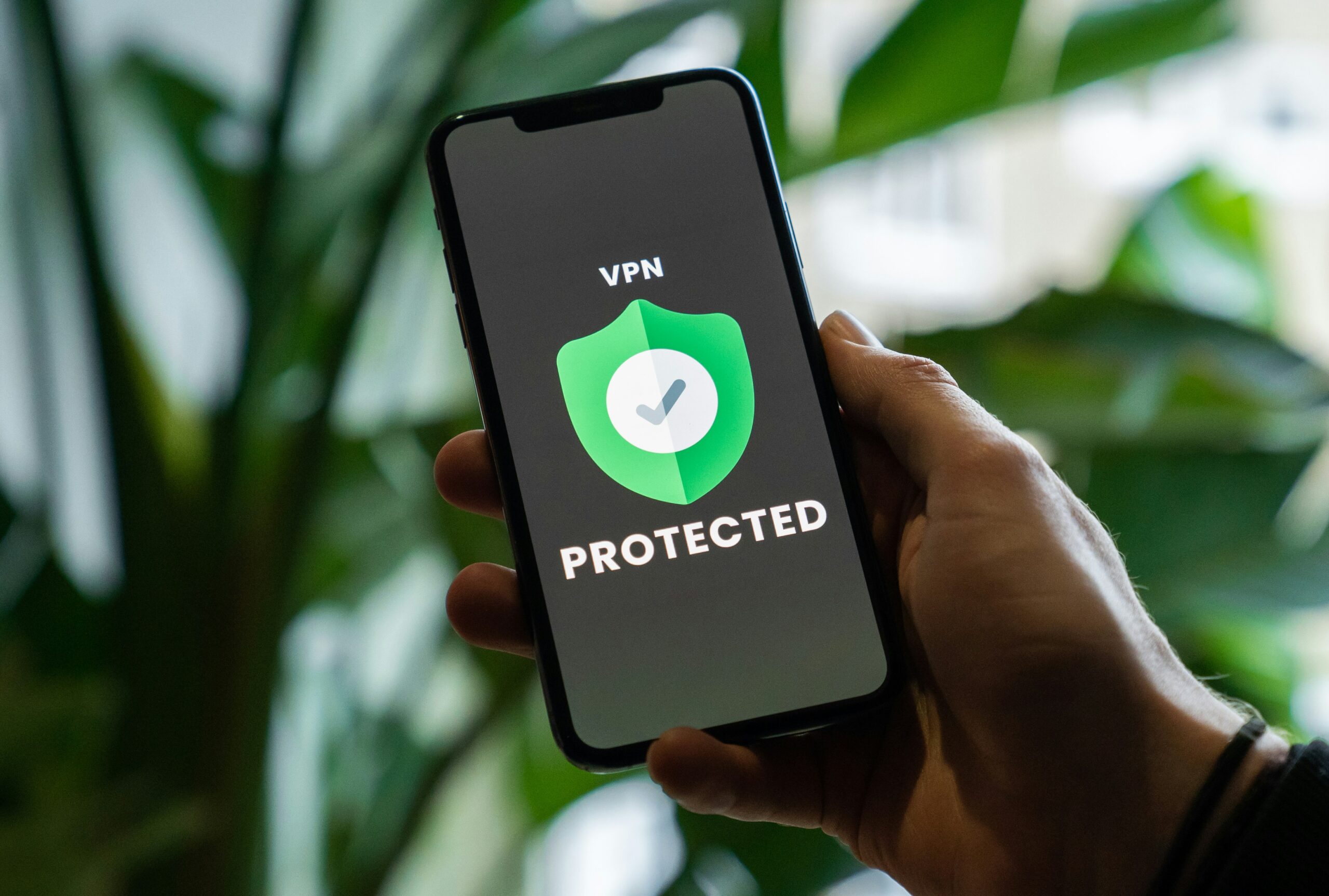Understanding Cybercrime: Types and Trends
Cybercrime encompasses a wide range of malicious activities carried out via the internet or other computer networks. As technology continues to advance, so too do the methods employed by cybercriminals, making it crucial for individuals and organizations to remain vigilant. Identity theft, one of the most prevalent forms of cybercrime, occurs when personal information is stolen to impersonate someone else. This can lead to significant financial losses and long-term damage to an individual’s credit and reputation.
Another common category is phishing, a deceptive tactic where cybercriminals create fraudulent emails or websites that appear genuine to trick victims into providing sensitive information. These attacks often target unsuspecting individuals, leading to data theft and financial fraud. Malware attacks, where malicious software is installed on a victim’s device, also pose a significant threat. This software can steal information, disrupt operations, or even gain unauthorized access to systems.
Ransomware is particularly noteworthy due to its increasing occurrence in recent years. This type of attack involves encrypting a victim’s data, effectively locking them out until a ransom is paid. Such incidents can have devastating effects on both individuals and organizations, leading to financial loss and reputational damage. Trends in cybercrime show a shift towards more sophisticated tactics, including the use of artificial intelligence to enhance the effectiveness of attacks.
Moreover, the proliferation of remote work and digital transactions during the COVID-19 pandemic has created new vulnerabilities, making individuals and businesses more susceptible to these threats. Understanding these types and trends within the realm of cybercrime is essential, as it equips individuals with the knowledge needed to identify potential threats and take proactive measures to protect themselves in the ever-evolving digital landscape.
The Legal Framework Surrounding Cybercrime
Cybercrime presents significant challenges that necessitate a robust legal framework to ensure the safety of individuals and organizations in the digital space. Various laws and regulations have been enacted both nationally and internationally to combat these threats effectively. One of the cornerstone legislations in the United States is the Computer Fraud and Abuse Act (CFAA), which addresses issues related to unauthorized access and computer-related fraud. This act makes it illegal to access a computer system without authorization or to exceed authorized access for illegal activities.
In Europe, the General Data Protection Regulation (GDPR) plays a crucial role in safeguarding personal data and ensuring privacy protection for individuals within the European Union. The GDPR imposes stringent requirements on organizations that collect or process personal data, mandating them to implement adequate security measures to protect this data from cyberattacks. Failure to comply with these regulations can lead to severe penalties, including substantial fines, which serve as a deterrent against potential cybercriminal activities.
Internationally, various treaties and agreements, such as the Budapest Convention on Cybercrime, provide a framework for cooperation among nations in combatting cybercrime. This treaty aims to harmonize national laws and facilitate international collaboration in investigations and prosecutions related to cyber offenses. Furthermore, regional initiatives also contribute to establishing standards for handling incidents of cybercrime, fostering a collective response to these pervasive threats.
The enforcement of these laws underscores the importance of adhering to cybersecurity practices to mitigate risks, both legally and operationally. Organizations are encouraged to remain vigilant about compliance with relevant regulations, not only to protect themselves from cyber threats but also to avoid any legal repercussions associated with vulnerabilities within their systems. With the continuous evolution of cybercrime, maintaining an up-to-date understanding of these legal frameworks is essential for all stakeholders involved.
Practical Steps to Protect Yourself Online
In the digital age, safeguarding oneself from cybercrime is imperative. One of the foremost measures to take is the creation of strong, unique passwords for each online account. A robust password should comprise a combination of letters, numbers, and special characters. It is crucial to avoid using easily guessable information, such as birthdays or names, as hackers often employ these details in attempts to breach security.
Another layer of protection is provided through two-factor authentication (2FA). This additional security feature typically requires a second piece of information, usually a code sent to a user’s mobile device or email, before access is granted. By enabling 2FA, users can fortify their accounts significantly, making unauthorized access considerably more challenging.
Recognizing phishing attempts is equally critical. Cybercriminals often employ deceptive emails or messages posing as legitimate entities to acquire sensitive information. To guard against such tactics, users should be vigilant and skeptical of unsolicited communications, scrutinizing URLs and verifying the authenticity of the sender before clicking on links or providing any personal information. Regular updates of software and applications are equally essential, as many updates include security patches that protect against known vulnerabilities.
Safe browsing practices also contribute meaningfully to personal security. It is advisable to utilize secure websites (with “https” in the URL) and avoid using public Wi-Fi networks for sensitive transactions. Moreover, exercising caution when sharing personal information on social media platforms can help mitigate risks. Review and adjust privacy settings to limit the visibility of personal data to trusted connections only.
By implementing these practical measures, individuals can significantly reduce their exposure to online threats, fostering a safer digital experience.
What to Do If You Become a Victim of Cybercrime
If you find yourself a victim of cybercrime, taking immediate action is crucial to mitigate the damage. The first step is to document everything related to the incident, including times, dates, and descriptions of the events. This record will be invaluable in any investigations or reports you make. Furthermore, take screenshots of any suspicious communication, such as emails or messages, that could serve as evidence.
Next, report the cybercrime to your local law enforcement agency. Many jurisdictions have specialized units that deal with internet crimes. Be sure to provide them with all the documentation you have gathered. Additionally, websites like the Federal Trade Commission (FTC) in the United States offer resources for reporting identity theft and other online fraud. They can guide you through the recovery process and may assist in tracking down the perpetrators.
After reporting the incident, focus on recovering any stolen information. If financial data has been compromised, contact your bank or credit card company immediately to freeze accounts and monitor transactions. It is essential to change all your passwords, particularly for online banking and shopping accounts. Consider enabling two-factor authentication for an added layer of security on sensitive accounts.
Seek support from resources available to cybercrime victims. Numerous organizations provide assistance, including emotional support and advice on the practical steps for recovery. Reaching out to these resources can help alleviate the stress often associated with falling victim to cybercrime. Remember, prompt action is vital to remain safe and secure.
By educating yourself on the necessary steps to take after experiencing a cybercrime incident, you empower yourself to recover effectively and reduce the potential for further issues. This approach not only aids in recovering from the incident but also reinforces your understanding of online security long-term.


